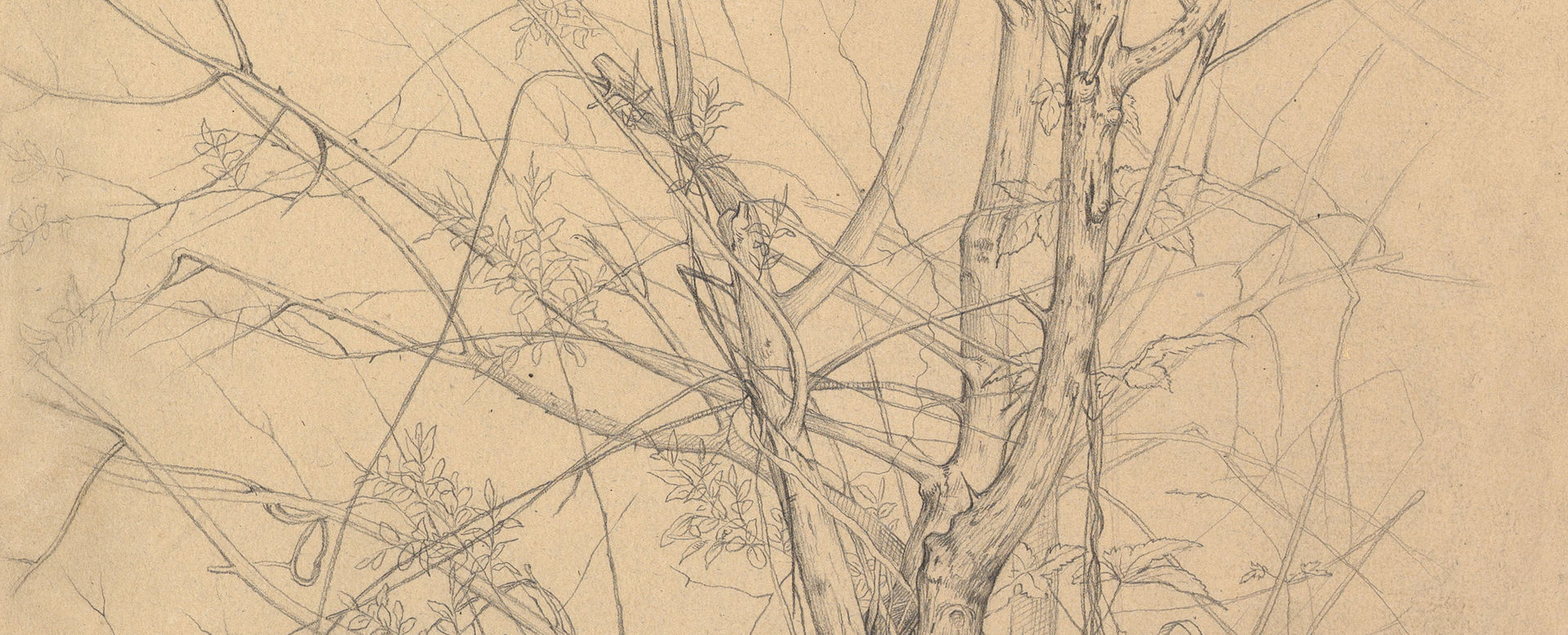Portrait of a man in profile
Cornelius Varley British
Not on view
Before photography was invented, artists often used optical tools for assistance. Cornelius Varley, who was a skilled draftsman, watercolorist, and instrument maker, tried the Camera Lucida when it was invented in 1806 but found it wanting. By 1811 he had invented and patented a superior device called the Graphic Telescope. Containing adjustable lenses and mirrors, it does indeed resemble a telescope, but the user looks down into it, keeping both eyes open to see two superimposed images. The subject being studied can thus be compared to a drawing resting below. The instrument proved invaluable as an aid to place objects correctly within a receding landscape, capture intricate nautical rigging, or record a sitter’s features. In this striking portrait of an unknown man Varley used the invention to draw the essential features. He then set the instrument aside and added passages of rubbed chalk to convey volume and project a determined character.
Due to rights restrictions, this image cannot be enlarged, viewed at full screen, or downloaded.


